Ever wondered how a teenager from a quiet Brazilian town became the world’s highest-paid supermodel?
Gisele Bündchen’s story begins in Horizontina, a place better known for farmland than fashion runways. At just 14, she was spotted by scouts during an Elite Model Look competition, a discovery that would shift the fashion world’s center of gravity.
What makes her rise so magnetic isn’t just the contracts or covers—it’s the contrast. Gisele once admitted, almost laughing at herself, “I didn’t even know how to walk in heels at first.”
From clumsy steps in casting calls to gracing the cover of Vogue, her trajectory feels like something between a fairy tale and a sports underdog story.
This isn’t a tale of instant glamour. It’s about persistence, rejection, and grit. She wasn’t just another model; she became a runway icon, redefining beauty standards for a generation.
And as we trace her career timeline, from those shaky first catwalks to global influence, the question lingers: what makes Gisele’s journey not just extraordinary, but timeless?
Early Life in Brazil and Modeling Discovery
Growing up in Horizontina
Before the catwalks and flashing cameras, Gisele Bündchen’s world was the quiet rhythm of Horizontina, a farming town in southern Brazil. Life here was shaped by soy fields, family dinners, and the simple joys of small-town bonds.
Her parents, Vânia and Valdir, raised six daughters under one roof—imagine the energy.
Gisele’s childhood was more sweat and sun than silk and sequins. She played volleyball and handball barefoot in dusty fields, chasing victories with the same intensity she’d later bring to fashion runways.
Her sisters often joke that the “tall, sporty one” was destined for something beyond Horizontina, though no one guessed it would be global fame.
It was a childhood of Brazilian roots—family, discipline, and a grounded simplicity—that would anchor her even when she became the face of global fashion.
Discovered at Age 14 by Elite Model Look
The turning point came in 1994, when a lanky 14-year-old Gisele boarded a bus for a school trip to São Paulo. Between burgers at a mall food court, scouts from the Elite Model Look competition spotted her.
Back in Horizontina, her parents—Vânia and Valdir—were skeptical. Modeling felt worlds away from their small-town values, and sending their daughter to castings in São Paulo seemed daunting.
Gisele herself was terrified. At her first casting, she admitted to shaking as she stumbled in heels, surrounded by girls who looked far more polished.
But the judges saw something in her frame and confidence-in-the-making. That nervous teen walking into São Paulo studios would soon step onto catwalks that redefined fashion.
Who discovered Gisele Bündchen? She was discovered at 14 by Elite Model Look scouts during a school trip.
The Runway Breakthrough That Changed Fashion
1996 Debut at New York Fashion Week
By 1996, Gisele had traded small-town Brazil for the dizzying pace of New York Fashion Week. At just 16, her English was broken, her nerves obvious, and the city moved faster than anything she had known.
Backstage, she whispered prayers while makeup artists swirled around her, heels clicking in a frantic rhythm.
When she finally stepped onto the runway, something clicked. Her athletic walk cut through the era’s fragile “heroin chic.”
Designer Alexander McQueen later praised her “fresh, unapologetic presence” that demanded attention. For Gisele, it was baptism by fire—shaky voice behind the curtain, unstoppable confidence under the lights.
That debut wasn’t just an introduction; it was a signal that fashion had found its next icon.
1999 “The Return of the Sexy Model”
In 1999, Vogue splashed Gisele Bündchen across its cover with the headline “The Return of the Sexy Model,” and fashion’s pendulum swung.
The gaunt, pale “heroin chic” look of the ’90s gave way to Gisele’s athletic curves, glowing tan, and unmistakable vitality.
Under Anna Wintour’s editorial direction, the cover became a cultural reset. Fashion insiders called it a rebirth of glamour, while some critics argued it was too commercial.
Fans, however, embraced it wholeheartedly—finally, a supermodel who looked strong, vibrant, alive.
That single issue didn’t just sell magazines; it marked Gisele as the face of a healthier, sexy yet powerful beauty standard that would dominate the next decade.
What was Gisele Bündchen’s first big runway show?
Gisele Bündchen’s first breakthrough came in 1998, when she walked Alexander McQueen’s legendary “rain show” in London, earning the nickname “The Body.”
An 18-year-old, barely steady in sky-high heels, striding confidently while water poured onto the runway. Most models stumbled under the downpour, but Gisele kept her pace, her athletic poise setting her apart.
That night, fashion critics hailed her as the antidote to fragility—a model whose strength was just as striking as her beauty.
“Imagine walking in heels, in the rain, at 18,” she later joked. That fearless moment didn’t just make headlines; it made history, cementing her place in fashion’s future.
Victoria’s Secret Angel Years and Global Stardom
Becoming a VS Angel in 2000
When Gisele Bündchen slipped on her first pair of Victoria’s Secret Angel wings in 2000, the fashion world collectively gasped.
Suddenly, she wasn’t just a model—she was a phenomenon.
The annual Victoria’s Secret Fashion Show, complete with glittering runways and televised spectacle, catapulted her into global living rooms.
Her campaigns for the brand redefined lingerie marketing: confident, athletic, unapologetically glamorous.
And then came the Fantasy Bra, a dazzling multimillion-dollar creation she wore more than once, solidifying her as the centerpiece of the Angel era.
Overnight, Gisele transcended catwalk fame to become a household name, blending supermodel allure with mainstream stardom—and changing the way the world viewed lingerie forever.
Record $25M Contract — Highest Paid Model
By the early 2000s, Gisele Bündchen wasn’t just walking runways—she was rewriting the economics of modeling.
In 2000, she signed a record $25 million contract with Victoria’s Secret, a deal so massive that Forbes crowned her the highest-paid model in the world.
But her dominance stretched far beyond lingerie. Global campaigns for Pantene, Chanel, and luxury fashion houses proved she wasn’t a niche face—she was a brand in herself.
In 2004, Forbes reported her annual earnings at $35 million, eclipsing rivals by tens of millions.
Critics called it “the Gisele Effect”: a mix of athletic charm, business savvy, and mainstream appeal that transformed endorsements into cultural moments.
How long was Gisele a Victoria’s Secret Angel?
Gisele Bündchen was a Victoria’s Secret Angel from 2000 to 2007, starring in the brand’s most iconic campaigns before leaving to pursue new chapters in her career.
Her decision to step away wasn’t about money—it was about growth. By 2007, she admitted she no longer felt comfortable with the constant exposure.
“I realized my heart wasn’t in it anymore. I wanted to move on,” she explained in an interview.
Her exit marked the end of a glittering era for Victoria’s Secret, and fans still recall her as one of the brand’s most unforgettable Angels—wings, Fantasy Bras, and all.
From Catwalk Queen to Business Mogul
Launch of Ipanema Sandals
In 2001, Gisele Bündchen swapped catwalks for commerce, partnering with Grendene to launch her own line of Ipanema sandals.
The eco-friendly collection wasn’t just stylish—it carried a sustainability message long before it became trendy.
The gamble paid off. Within a few years, the brand sold over 250 million pairs worldwide, making Ipanema one of Brazil’s most successful fashion exports.
Fans loved the mix of beachy comfort and Gisele’s personal stamp. One Brazilian shopper told O Globo, “Wearing them feels like carrying a piece of her lifestyle.”
What started as a business venture became proof that Gisele could dominate retail just as effortlessly as she ruled the runway.
Acting Roles and Media Crossovers
While Gisele Bündchen built her empire on runways, she proved she could hold her own on screen, too.
Her cheeky cameo in The Devil Wears Prada (2006) showed a playful side—trading witty barbs alongside Meryl Streep’s icy Miranda Priestly and Anne Hathaway’s awkward assistant.
It wasn’t a full-blown Hollywood pivot, but it revealed range and humor that fans didn’t often see in fashion campaigns.
Compared with peers like Tyra Banks or Cara Delevingne, who pursued bigger acting careers, Gisele kept her filmography selective, using roles more as cultural cameos than career moves.
That small but memorable appearance cemented her as more than just a model—it made her a pop culture insider.
Brand Endorsements That Defined Her Career
If runways made Gisele Bündchen famous, endorsements made her unstoppable.
From Pantene’s glossy hair campaigns to luxury shoots with Chanel and Louis Vuitton, she became the face of brands that defined both mass appeal and high fashion.
Few models could jump between supermarket shelves and couture billboards with such ease.
Her global reach rested on credibility. Consumers trusted her because she embodied the lifestyle she sold—healthy, disciplined, authentic.
As one Chanel insider told Vogue, “She arrives early, knows her lines, and makes everyone’s job easier. That professionalism is why she’s timeless.”
These contracts weren’t just paychecks; they built Gisele’s reputation as a brand in herself.
Awards, Accolades, and Industry Recognition
Vogue Covers
Few models can rival Gisele Bündchen’s domination of Vogue. With more than 1,200 covers worldwide, she’s etched into magazine history.
The 1999 “Return of the Sexy Model” issue marked her global breakthrough, the 2007 cover celebrated her Victoria’s Secret farewell, and a striking 2022 spread proved her relevance decades later.
Under Anna Wintour’s editorial vision, these covers weren’t just glossy pages—they became cultural checkpoints. Each one reflected Gisele’s evolving image: from fresh-faced teen to powerhouse supermodel to eco-conscious icon, always ahead of the curve.
Green Fashion Awards & UN Recognition
Beyond catwalks, Gisele Bündchen built a reputation as fashion’s green conscience.
Honored at the Green Carpet Fashion Awards, she was celebrated for pushing eco-friendly initiatives within an industry notorious for waste.
Her recognition wasn’t symbolic—she actively funds reforestation and clean water projects in Brazil.
Appointed a UN Goodwill Ambassador, Gisele used her platform to campaign for sustainability long before it became a trend.
Linking her fame to charity partnerships, from Amazon preservation to community programs, she reframed what it meant to be a supermodel: not just admired, but also accountable.
How many Vogue covers does Gisele Bündchen have?
Gisele Bündchen has appeared on more than 1,200 Vogue covers worldwide, a record that cements her as one of the most celebrated supermodels in history.
Those covers weren’t just numbers—they marked milestones in fashion. Each spread chronicled shifts in style, body ideals, and global culture, with Gisele consistently at the center.
The Pivot to Sustainability and Advocacy
Amazon Rainforest Campaigns
Gisele Bündchen has long tied her fame to protecting the Amazon Rainforest.
She’s donated millions to conservation projects and fronted campaigns raising awareness of deforestation.
Partnering with the Rainforest Alliance, she funds reforestation drives and sustainable farming programs in Brazil.
For Gisele, activism isn’t branding—it’s personal responsibility rooted in her homeland.
UN Climate Action Work
As a UN Goodwill Ambassador, Gisele Bündchen became a global voice for climate action.
She’s campaigned for renewable energy, ocean conservation, and sustainable fashion initiatives.
Speaking at a UN summit, she declared: “The Earth is our home, and we must protect it for future generations.”
Her advocacy gave modeling a new mission.
What charities does Gisele Bündchen support?
Gisele Bündchen supports charities like Feeding America, the UN Environment Program, and Amazon rainforest preservation projects, blending global reach with local impact.
Her philanthropy spans hunger relief, reforestation, and climate action. She’s donated to food banks across the U.S. and funded tree-planting programs in Brazil.
Comparing Gisele with Her Modeling Peers
Supermodels don’t all rise the same way.
In the ’90s, names like Claudia Schiffer and Naomi Campbell defined the era—Schiffer with her Barbie-doll beauty, Campbell with unmatched runway fire.
By contrast, today’s icons like Kendall Jenner thrive on Instagram reach as much as magazine covers.
Gisele Bündchen sits in a rare middle ground: a traditional runway powerhouse who also mastered brand-building and longevity.
While Schiffer and Campbell blazed trails in print and runway contracts, and Jenner redefined influence for the digital age, Gisele managed to dominate all three arenas.
That balance explains why she’s still hailed as the blueprint for modern supermodels.
| Model | Vogue Covers | Biggest Contract | Net Worth (approx.) |
| Gisele Bündchen | 1,200 | $25M Victoria’s Secret | $400M |
| Claudia Schiffer | 1,000 | Chanel campaigns | $70M |
| Naomi Campbell | 800 | Versace, Prada | $80M |
| Kendall Jenner | 30 | Estée Lauder, Pepsi | $60M |
Cultural Legacy and Global Influence
Redefining Beauty Standards
In the late ’90s, fashion was dominated by the pale, fragile “heroin chic” look.
Gisele Bündchen flipped that script, bringing a sun-kissed, athletic body type that radiated health.
Vogue hailed her as the new standard, while Victoria’s Secret made her its poster woman.
Fans on early forums gushed, “Finally, a model who looks strong, not sickly.”
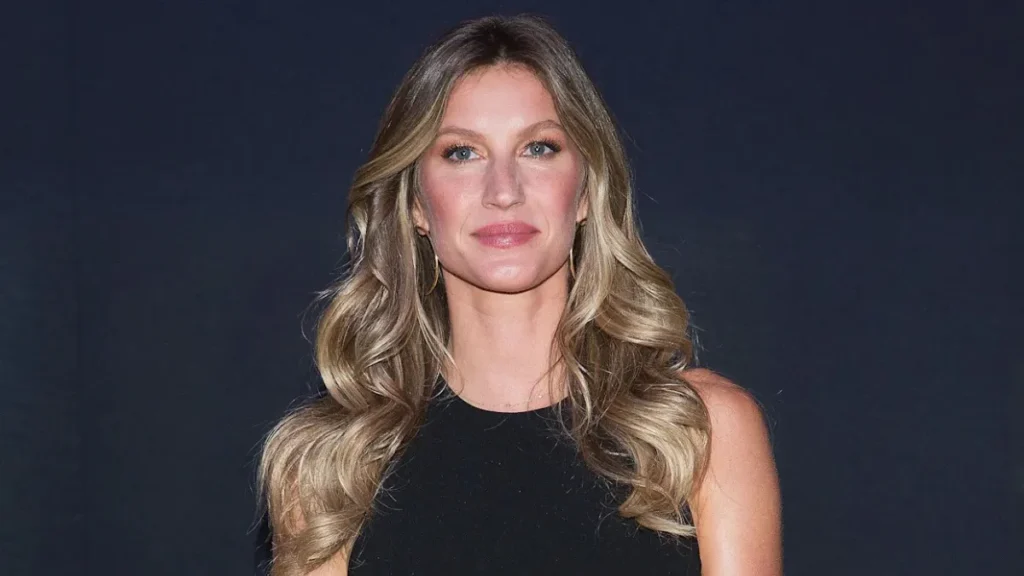
Brazilian Pride on the Global Stage
At the Rio 2016 Olympics, Gisele Bündchen delivered one of the most unforgettable moments—walking solo across the stadium in a glittering gown, set to “The Girl from Ipanema.”
The crowd erupted, waving flags and chanting her name. For Brazilians, it wasn’t just a catwalk; it was national pride embodied.
Pop Culture Moments
Gisele Bündchen isn’t just fashion—she’s pop culture gold.
From her cheeky cameo in The Devil Wears Prada to the instantly meme-able slow-motion walk at the Rio Olympics, she’s delivered moments fans still replay.
One Twitter user joked, “Forget medals, Brazil already won when Gisele took that walk.”
Few models transcend fashion into everyday conversation the way she has.
Beyond the Runway, a Lasting Legacy
Gisele Bündchen’s story is more than a career timeline—it’s a portrait of reinvention.
She built her empire on the catwalks of Vogue and Victoria’s Secret, then shifted gracefully into business, philanthropy, and activism.
Today, she stands as both a supermodel and eco-activist, proving influence isn’t limited to glossy covers.
Her paradox is part of her power: she conquered every runway, yet finds peace barefoot in nature, planting trees in Brazil or speaking at the UN about sustainability.
That dual identity—glamour and groundedness—makes her legacy timeless.
As the fashion world continues to evolve, Gisele remains its compass, showing how beauty and responsibility can coexist.
Which Gisele career moment inspires you most—the dazzling covers, the fearless runway walks, or her commitment to protecting the planet? Share your reflections below.
FAQs About Gisele Bündchen’s Career
When did Gisele Bündchen retire from runway modeling?
She officially stepped away from runway shows in 2015, choosing to focus on family, philanthropy, and selective projects. Though retired from the catwalk, she occasionally appears in major campaigns.
What is Gisele Bündchen doing in 2025?
As of 2025, Gisele balances eco-activism, wellness ventures, and selective modeling work. She’s also active with UN climate campaigns and remains a sought-after face for luxury brands.
What are her biggest fashion collaborations?
Her most iconic collaborations include Victoria’s Secret, Chanel No. 5, Louis Vuitton, and long-running Pantene campaigns. Each cemented her as both a high-fashion and mainstream powerhouse.
What is Gisele Bündchen’s net worth in 2025?
Gisele’s net worth in 2025 is estimated at around $400 million, thanks to modeling, endorsements, and her business ventures like Ipanema sandals.
Nishant Wagh is the founder of The Graval and a seasoned SEO and content strategist with over 15 years of experience. He writes with a focus on digital influence, authority, and long-term search visibility.

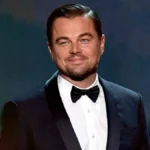
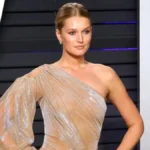
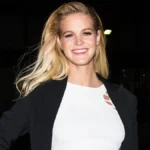
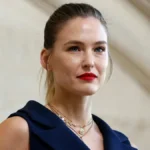





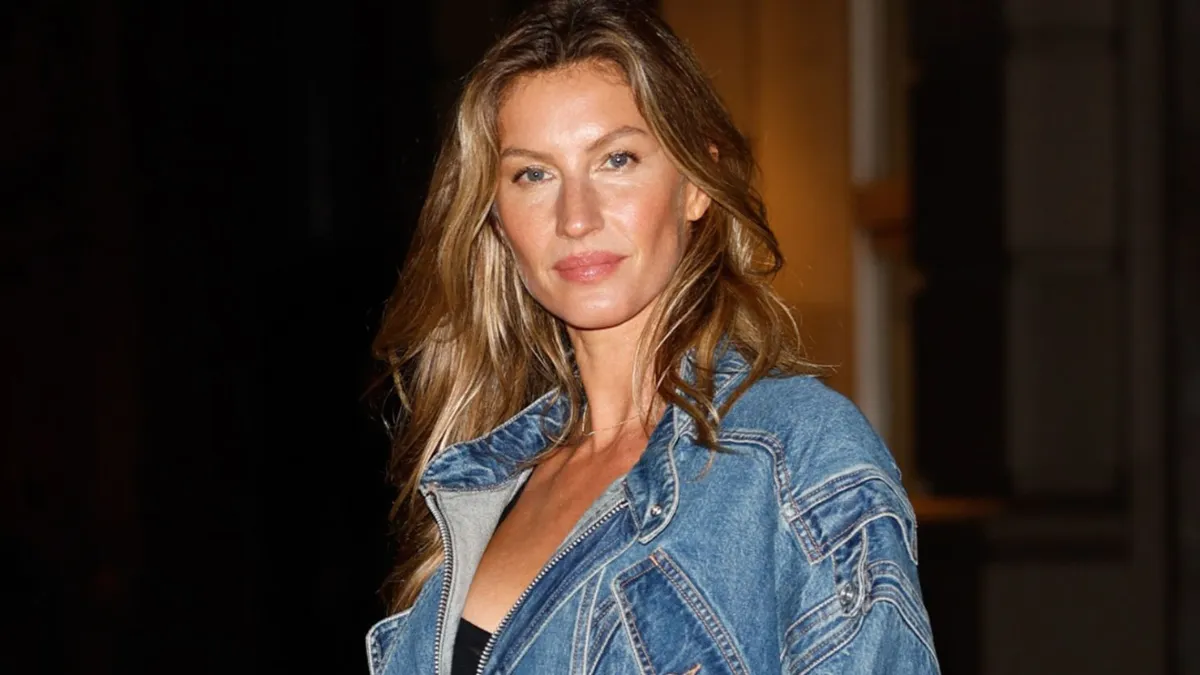
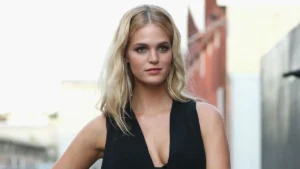
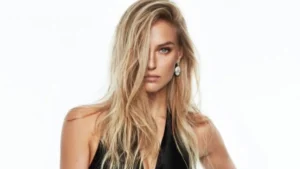

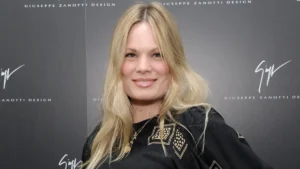
5 thoughts on “Gisele Bündchen’s Career Timeline: From Runway Breakthrough to Global Icon”